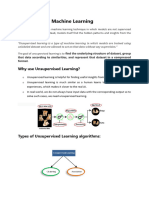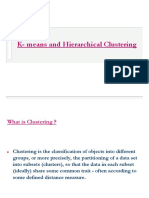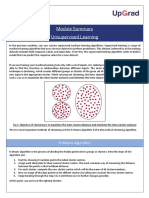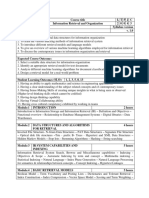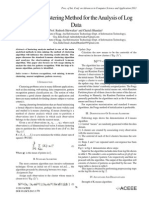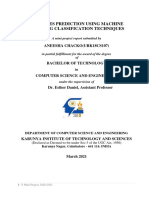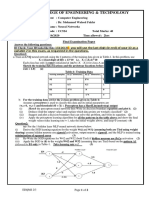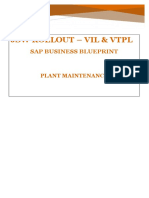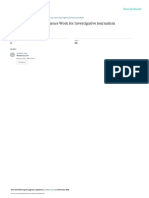0% found this document useful (0 votes)
4 views19 pagesClustering - Unit 4
Clustering is an unsupervised machine learning technique that groups similar data points without requiring labeled data, commonly used in applications like market segmentation and anomaly detection. Various clustering algorithms exist, including K-Means, Hierarchical, Density-Based, Grid-Based, and Model-Based clustering, each with its strengths and limitations. Evaluation of clustering effectiveness can be done through internal, external, and relative metrics, focusing on cohesion and separation to assess cluster quality.
Uploaded by
sangadisreedevi98Copyright
© © All Rights Reserved
We take content rights seriously. If you suspect this is your content, claim it here.
Available Formats
Download as PDF, TXT or read online on Scribd
0% found this document useful (0 votes)
4 views19 pagesClustering - Unit 4
Clustering is an unsupervised machine learning technique that groups similar data points without requiring labeled data, commonly used in applications like market segmentation and anomaly detection. Various clustering algorithms exist, including K-Means, Hierarchical, Density-Based, Grid-Based, and Model-Based clustering, each with its strengths and limitations. Evaluation of clustering effectiveness can be done through internal, external, and relative metrics, focusing on cohesion and separation to assess cluster quality.
Uploaded by
sangadisreedevi98Copyright
© © All Rights Reserved
We take content rights seriously. If you suspect this is your content, claim it here.
Available Formats
Download as PDF, TXT or read online on Scribd
/ 19









